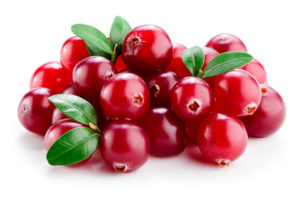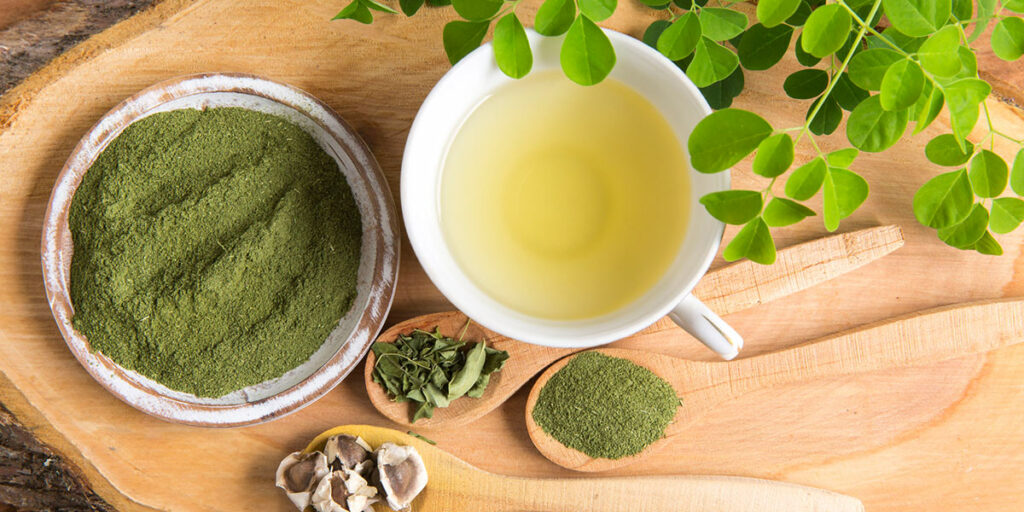Species of Blueberries
They come in different species and they all belong to the genus Vaccinium and they also share common medicinal properties. When we talk about blueberries, by extension, we also refer to the cranberries which are red but not blue colored.
The cranberries are specifically used as a urinary antiseptic. The cranberries also belong to the genus Vaccinium.
Common blueberries come in dark blue color. As the species vary in color, they all have the same juicy, aromatic and bittersweet pulp.
However, the cranberries seem to be more acidic and this makes the cranberries ideal for women since they are quite effective for the treatment of urinary infection and help promote venous circulation in the leg regions. This is quite remarkable considering the health benefits of blackberries.
Other names: Highbush blueberry, late sweet blueberry
French: Airelle
Spanish: Arandano
German: Heidelbeere
DESCRIPTION OF BLUEBERRIES

In description, blueberries are small berries of dark blue color. The plants grow up from 25 to 50 cm in height. They are deciduous small bushes of the family Ericaceae.
When we talk about the habitat, blueberries grow wild in mountainous regions and siliceous terrains of the Central and Northern Europe, North America and Asia. In spite of the difficulties people go through in collecting the small berries, some of the species are farmed.
Let’s take a look at the composition of the blueberries as regards to its health benefits. The composition here is taken into consideration as per 100 g of raw edible portion of the blueberries. According to healthline.com, blueberries are quite low in calories but rich in nutrients.
Energy = 56.kcal = 236 kj
Carbohydrates = 11.4 g
Protein = 0.670 g
Fiber = 2.70 g
Vitamin A = 10.0 μg RE
Vitamin B1 = 0.048 mg
Vitamin B2 = 0.050 mg
Niacin = 0.409 mg NE
Vitamin B6 = 0.036 mg
Folate = 6.40 μg
Vitamin B12 = Nil
Vitamin C = 13.0 mg
Vitamin E = 1.00 mg ∝-TE
Calcium = 6.00 mg
Magnesium = 5.00 mg
Phosphorus = 10.0 mg
Iron = 0.170 mg
Potassium = 89.0 mg
Zinc = 0.110 mg
Total fat = 0.380 g
Saturated Fat = 0.032 g
Cholesterol = Nil
Sodium = 6.00 mg
The information above is also based on % daily value on a 2,000 calorie diet as provided by Dr. George D. Pamplona – Roger in his book “Encyclopedia of Foods and their healing powers”
A proliferation of investigative works carried out for years have shown remarkable therapeutic and dietary virtues of the blueberries.
SEE ALSO: Spinach Provides Strength to the Muscles and Protects the Retina (eye)
Let’s take a look at the percentage (%) composition of the blueberries regarding their nutritional values.
Fiber = 2.70%
Minerals = 0.21%
Carbohydrates = 11.4%
Fat = 0.380%
Protein = 0.670%
Water = 84.6%
Properties and indications of blueberries
From the information given above, you’d see that blueberries contain an average 11.4% carbohydrates, which are mostly sugars and fructose. It also shows that they have little fat and protein and the most significant among its minerals is potassium while among its vitamins, it is vitamin A.
Because of their non-nutritive components like organic acids, myrtilin, tannin and anthocyannins, their medicinal properties give them astringent and antiseptic properties.
Health Benefits of Blueberries

Kidney stones: Species of the blueberries (including common blueberries and cranberries) contain quinic acid and this substance is eliminated through the urine.
The urine gets acidified by this same substance and in the process help stop the formation of calcium phosphate calculi.
However, it does not affect other calculi. Cranberries also is able to dissolve the calcium phosphate calculi when they are readily present.
Loss of vision: Due to retinal deterioration, anthocyanins which is responsible for the color in most of the species such as common blueberries help improve the retinal function and visual acuity.
Therefore, cranberries and blueberries are highly recommended for those suffering with diabetes and hypertension which affect the retinal region of the eye thereby causing vision of loss of visual acuity.
Urinary infection: Both cranberries and blueberries medicinal properties are quite remarkable. Thus, they possess antiseptic and antibiotic effects on all the germs that are responsible for urinary infections.
This is actually the significant application of the fruits. We can actually state that this is where the most important health benefits of blueberries lie.
It is also worthy to note that all the species have the same similarities in effects and composition. Therefore, blueberries have the same antiseptic properties as do the cranberries.
YOU MAY LIKE: Turmeric for your stomach and skin
Blueberries also have a nice health benefit as they prevent bacteria adherence to the cells that line the interior of the urinary bladder. Cranberries is a medicinal food and it is highly recommended for those with chronic cystitis.
Therefore, drinking a large glass of cranberries a day is capable of bringing down the incidence of bacteriuria and pyuria in the urine and studies have shown that the freshly collected juice will be more effective.
A more look at the Health Benefits of Blueberries and Cranberries.
Blueberries are purple or dark blue in color and they have the following attributes:
- Cranberries and Blueberries are quite rich in anthocyanin (vegetable pigments)
- It is noteworthy that blueberries are very much sweeter than cranberries.
- They are effective against diarrhea and cystitis
- Again, they are highly recommended for circulatory disorders and those of the retina.
There is another specie known as the Bilberry (Vaccinium myrtillus L.). It is also known as huckleberry and whortleberry. It is a relative of the blueberry which grows in California and the American South-west
Another specie known as Highbush blueberry (Vaccinium myrtillus L.): It is similar to the blueberry but somewhat larger. This is specie is widely cultivated in North America.
Lowbush Blueberry: This is yet another specie of the blueberries (Vaccinium angustifolium). This particular specie are raised in United States of America (the state of Maine) and in Quebec province in Canada. The fruit measurement is from 1 to 1.5 cm.
Cranberries
- They seem to contain more acidifying substances that affect the urine.
- These are somewhat bitterer than the blueberries
- They are quite effective against infections of the digestive and urinary tracts

Cranberries (Vaccinium oxycoccus L.) is native Northern regions of Europe and also North America. The color of the fruits is bright red and they measure from 0.5 to 1.0 cm in diameter.
Other species of the cranberries are:
American cranberry (Vaccinium macrocarpon)
Cowberry or foxberry (Vaccinium vitisidaea L.): This specie grown in temperate and cold regions of the Northern Hemisphere. The red aggregate frits are quite acidic.
PREPARATION AND USE
- Take advantage of eaten them fresh. This is because can be stored fresh just for a small period and they go well with yogurt or milk. And they are best consumed at harvest.
- Juice: The fresh ripe fruit would have to be squeezed in order to get the juice and the best way is to strain the fruit and the filter the liquid.
- As preservatives: Both blueberries and cranberries can be used to prepare juices, jellies, jams, and compotes.
Cranberry Treatment
The treatment lies on the fresh fruit that has been pureed or cooked. For a period of five consecutive days, one eats from half a kilo to one kilo a day distributed into four sittings, as the only food. The treatment is geared to eliminating oxyurids, tiny intestinal parasites that are common in children. This also an awesome health benefit of blueberries.
CHECK THE LINKS BELOW FOR MORE ARTICLES
Cornflower: A good remedy for the eyes
Comfrey, A Good Medicinal Plant for the Skin
How To Reduce Weight Home Remedies
Barriers that Hinder Healthy Relationships
Java Tea: Its Uses and Benefits
Spinach Provides Strength to the Muscles and Protects the Retina (eye)
Cornflower: A good remedy for the eyes

A graduate of Computer Science and Information Management Technology. Diploma – Caregiving, Certificates – Dementia and Diabetes Awareness and Management. A researcher, blogger, songwriter, singer and acoustic guitarist. Born in an environment where natural talents such as healing are imparted at our natural birth. This natural talents of healing is the result of our genetic inheritance and the training from family environment.



















